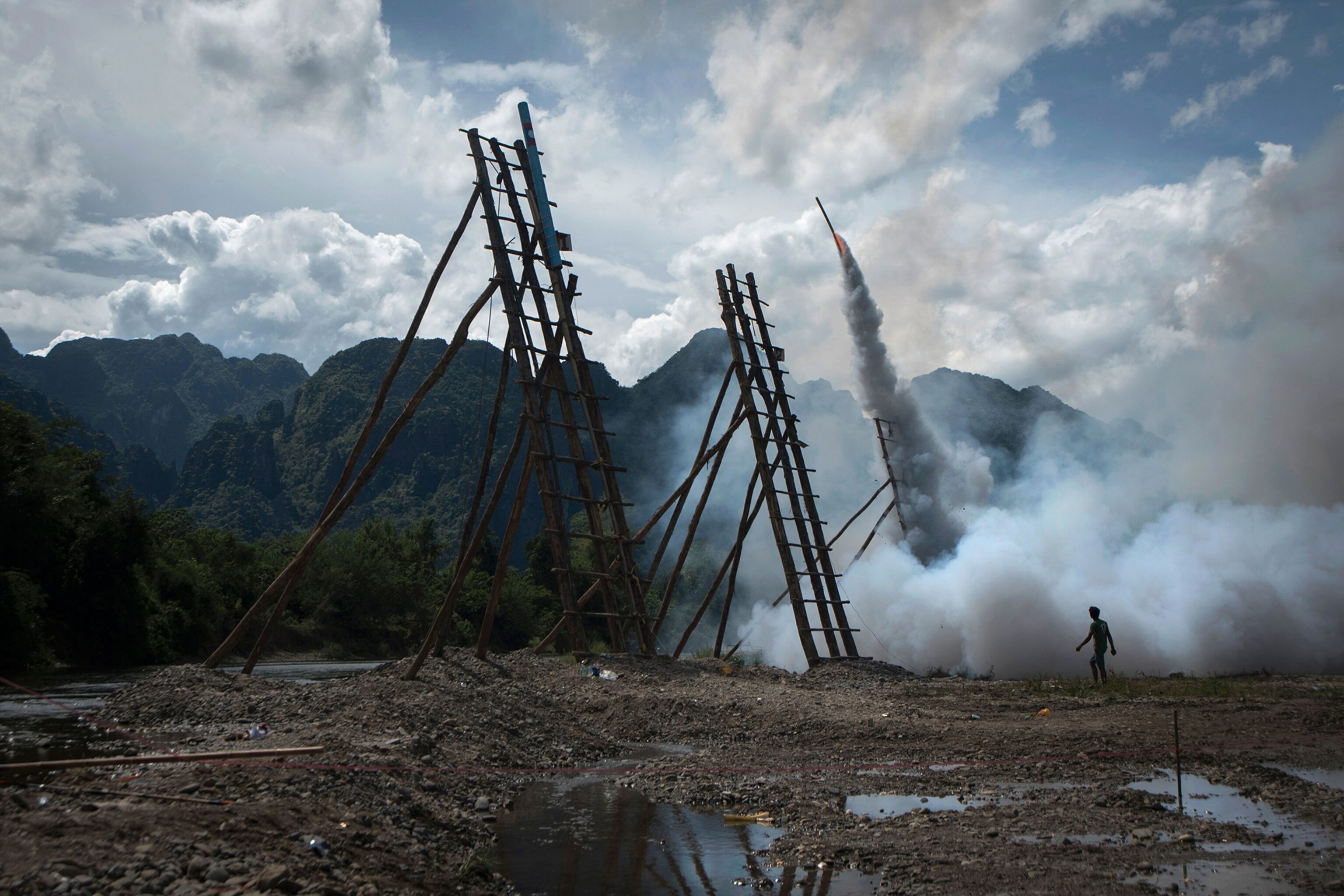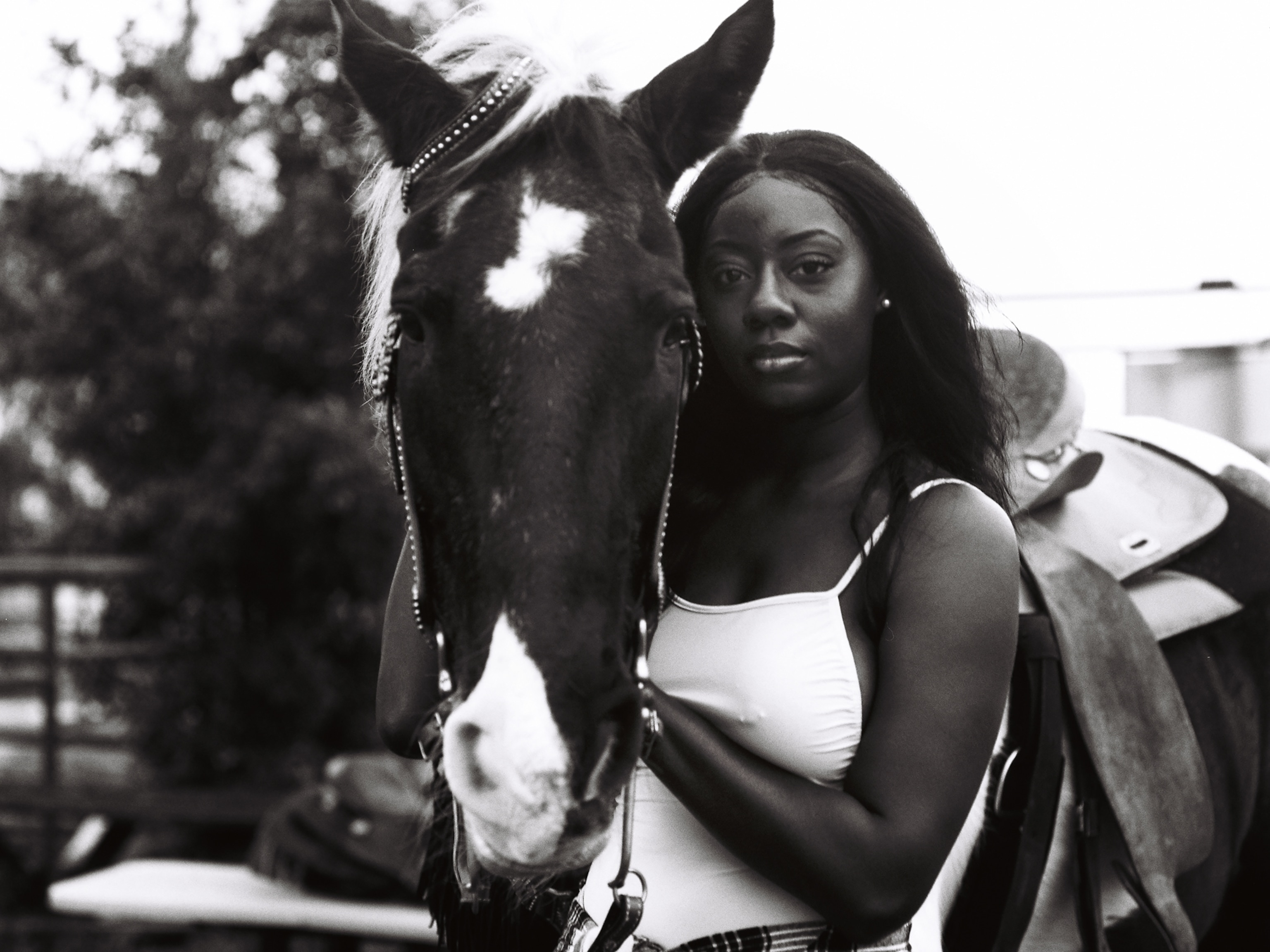
What I’ve learned as a black traveler
Here’s why diverse perspectives make for better stories.
This year hundreds of African Americans will board flights to Ghana. For many it will be their first trip to the African continent. They’ll be answering a call issued by the West African country to come home. The ship believed to have carried the first enslaved Africans to what would become the United States of America set sail from Ghana. Four hundred years later, African Americans are yearning to understand better what and who was left behind. Ghana has declared 2019 as “The Year of Return.” (Learn about the last American slave ship discovered in Alabama.)
I’m not an African American, but as a black woman living in North America, I understand the attraction of the invitation. It’s no small thing to find a place in the world that wants to tell your story.

My history has always been impacted by race and travel. My parents emigrated from Jamaica to Canada in the ’70s. My childhood included annual trips to spots across Canada, the U.S., and the Caribbean. Each time we ventured beyond our neighborhood, my parents—intentionally or not—drove home the idea that the world was mine to explore. My memories of travel focused on what I was seeing, not on how I was being seen. Warm welcomes were a luxury I took for granted. (Visit these 13 destinations for African-American history and culture.)
As I got older I realized that for many before me—including my parents—that had not been the case. As children, they hadn’t had the opportunities to travel that I was being afforded. And when as adults they did venture out, their kids in tow and far from their black-majority homeland, they were often met with prejudices I was too young to recognize.
Years later, my own travels around the world as a journalist helped me understand that the color of my skin is an integral part of my experience. The stories I write don’t have to be overtly centered on race to share my perspectives as a racialized person.
Being a black traveler means that during a reporting stint in Ghana in my 20s a local leader could single me out to share how much I look like a member of a nearby tribe. It means that in Ethiopia, Rwanda, England, and Northern Canada I am called “sister” (and treated as such) by people who can find a connection in my skin color.
It can also lead to experiences that are jarring and to opportunities that provoke conversation. In China and India, my hair and skin have stopped curious crowds. (Read what it’s like to travel while black in China.)
Developing a more inclusive travel perspective requires no sacrifice. It isn’t a charitable act; all travelers benefit when the fullest possible stories are told.
Showcasing our similarities allows for the possibility of challenging stereotypes that go beyond travel (we swim, we ski, we hike).
I embrace all of these opportunities and the platforms that have allowed me to tell my stories, because I recognize that there aren’t enough people who look like me who get the chance.
And that’s a problem.
When voices are missing from the mainstream narrative, their absence is normalized. After more than 16 years as a travel writer, I still struggle to find other black storytellers in mainstream outlets.
This despite a 2018 report that African-American travelers, who make up about 14 percent of the U.S. population, spend around $63 billion a year on travel.
Many who have grown used to being an afterthought to prevailing conversations have carved out spaces of their own. It’s how you get a Green Book—the printed annual handbook that, until its last issue in 1966, detailed the places that were safe for black road trippers to stop, eat, sleep, or stay out past dark. (Take a Green Book-inspired road trip through Alabama’s civil rights history.)
It’s what leads to the creation of Evita Robinson’s Nomadness Travel Tribe, a lifestyle brand and community with a membership of 20,000 travelers of color. Or Outdoor Afro, founded by National Geographic Fellow Rue Mapp, which aims to reconnect African Americans with nature. It’s why Karen Akpan’s Black Kids Do Travel Facebook group exists—as a safe space for parents of color to share their travel triumphs and concerns. And although both Kellee Edwards and Oneika Raymond head up Travel Channel productions, the list of people of color as the face of any TV program in the industry is short.
Seeing and reading about people who look like us impacts how we travel because in those stories is the recognition that our lives—the accomplishments, hardships, history, and culture—matter.
But the stories of African-American travelers are essential for other reasons too. When mainstream travel pieces speak about safety, people of color know that we’ll still need to save our questions about our particular fears for the direct messages of black friends and colleagues. (“Yes, I know the place is safe, but is it safe for me?”) It’s a system not unlike the ones friends in the LGBTQ community have developed. (See the 10 best destinations for LGBTQ families.)
And so when I take my kids, two black boys, into the world, I do so with all of these questions, opportunities, and responsibilities in mind. We have traveled to dozens of countries together, snapping family photos in front of the Eiffel Tower, the pyramids of Giza, the Great Wall of China, and Niagara Falls. I take them to places where their skin color is a fascination and to places where everyone looks like them. I’ve forced them into the travel narrative because they have every right to be there, but I also do it because I know that other families of color read our stories and, in our photos, see the possibilities available for themselves.
More diverse voices are needed, but you don’t have to be a minority traveler to make a difference. Developing a more inclusive travel perspective requires no sacrifice. It isn’t a charitable act; all travelers benefit when the fullest possible stories are told. And when we aren’t getting the full narrative, we are all robbed of facts and experiences that could prove transformational in the way we see the world.

























Tourists, travel providers, outlets, and agents need only recognize the potential for tunnel vision and ask themselves whether there are perspectives missing in what we are reading and watching. And then, make every effort to seek them out.
As you consume travel, ask yourself: On whom is the camera focused? Whose story is absent from the historical tour? And those of us with a platform—be it blog, social media, TV show, or magazine—must offer more opportunities for people of color to hold the pen, the microphone, and the camera.
Inclusion is a recognition that the whole story—with its flaws and complexities—is far more beautiful than its individual pieces.
Travel makes us better, and multiple travel perspectives make us better still.
You May Also Like
Go Further
Animals
- Soy, skim … spider. Are any of these technically milk?Soy, skim … spider. Are any of these technically milk?
- This pristine piece of the Amazon shows nature’s resilienceThis pristine piece of the Amazon shows nature’s resilience
- Octopuses have a lot of secrets. Can you guess 8 of them?
- Animals
- Feature
Octopuses have a lot of secrets. Can you guess 8 of them?
Environment
- This pristine piece of the Amazon shows nature’s resilienceThis pristine piece of the Amazon shows nature’s resilience
- Listen to 30 years of climate change transformed into haunting musicListen to 30 years of climate change transformed into haunting music
- This ancient society tried to stop El Niño—with child sacrificeThis ancient society tried to stop El Niño—with child sacrifice
- U.S. plans to clean its drinking water. What does that mean?U.S. plans to clean its drinking water. What does that mean?
History & Culture
- Gambling is everywhere now. When is that a problem?Gambling is everywhere now. When is that a problem?
- Beauty is pain—at least it was in 17th-century SpainBeauty is pain—at least it was in 17th-century Spain
- The real spies who inspired ‘The Ministry of Ungentlemanly Warfare’The real spies who inspired ‘The Ministry of Ungentlemanly Warfare’
- Heard of Zoroastrianism? The religion still has fervent followersHeard of Zoroastrianism? The religion still has fervent followers
- Strange clues in a Maya temple reveal a fiery political dramaStrange clues in a Maya temple reveal a fiery political drama
Science
- NASA has a plan to clean up space junk—but is going green enough?NASA has a plan to clean up space junk—but is going green enough?
- Soy, skim … spider. Are any of these technically milk?Soy, skim … spider. Are any of these technically milk?
- Can aspirin help protect against colorectal cancers?Can aspirin help protect against colorectal cancers?
- The unexpected health benefits of Ozempic and MounjaroThe unexpected health benefits of Ozempic and Mounjaro
- Do you have an inner monologue? Here’s what it reveals about you.Do you have an inner monologue? Here’s what it reveals about you.
Travel
- Follow in the footsteps of Robin Hood in Sherwood ForestFollow in the footsteps of Robin Hood in Sherwood Forest
- This chef is taking Indian cuisine in a bold new directionThis chef is taking Indian cuisine in a bold new direction
- On the path of Latin America's greatest wildlife migrationOn the path of Latin America's greatest wildlife migration
- Everything you need to know about Everglades National ParkEverything you need to know about Everglades National Park






